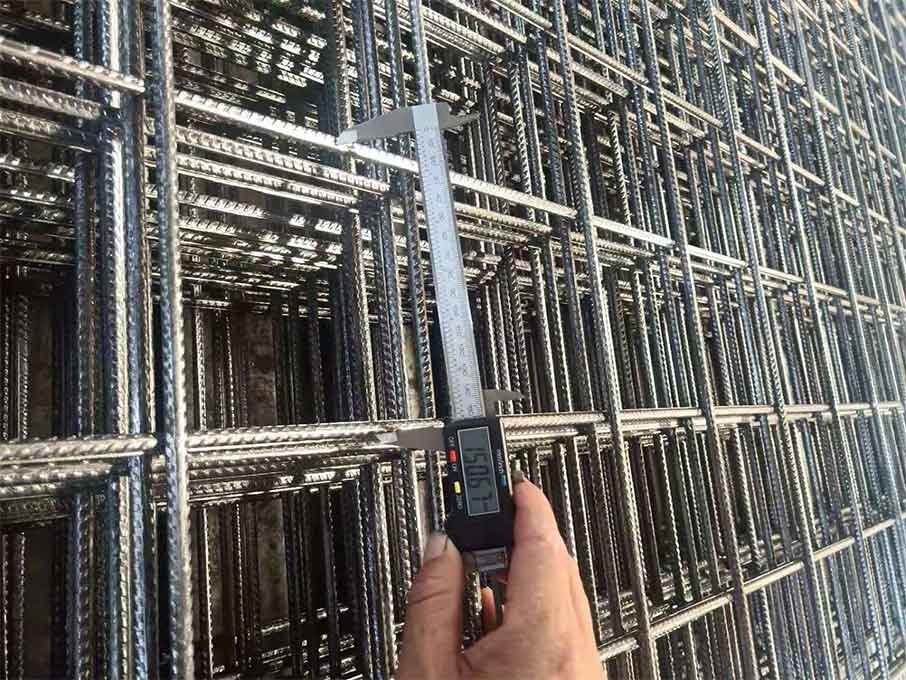What are the basic characteristics of steel mesh?
Apr. 18, 2024
My country is a major producer of steel and produces many high-quality steel products. The steel mesh is made of CRB550 grade cold-rolled ribbed steel bars or HRB400 grade hot-rolled ribbed steel bars. It can also be made of CPB550 grade cold-drawn steel bars. The steel mesh is made of The mesh formed by resistance welding at the intersection of the longitudinal and transverse steel bars is made by CNC machinery and is called a steel mesh. The steel mesh takes all the cumbersome processes of on-site production and binding into factory production. In addition to ensuring the quality of steel bar production and binding, It also effectively shortens the project construction cycle and greatly reduces the amount of on-site labor input, thus speeding up the construction progress and gaining time for subsequent projects. Its comprehensive economic benefits are significant.
There are currently 6 types of steel mesh, namely type D, type E, type B, type C, type A, and type F. The diameter of the steel mesh is 4-14mm, of which 0.5mm upgraded diameter can be used. Considering transportation conditions, the length of the welded mesh should not exceed 12M and the width should not exceed 3.4M. The spacing should be 100mm, 150mm, 200mm, and sometimes up to 400mm. The grid shapes are square and rectangular respectively. The size can also be customized according to customer requirements.
The steel mesh is closely combined with the concrete to form an integrated body, which can effectively increase the tensile strength of the concrete. It can disperse and limit the spread of cracks in concrete and reduce stress concentration caused by load, shrinkage and temperature changes. Due to the high strength and flexibility of the steel mesh, it can effectively withstand the tensile force of concrete components under the action of external forces, improving the overall integrity of the structure. Stability and earthquake resistance, it can also bear part of the tensile force in the concrete, prevent the continued development of cracks, and improve the durability and service life of the concrete structure.
138
0
0



Comments
All Comments (0)